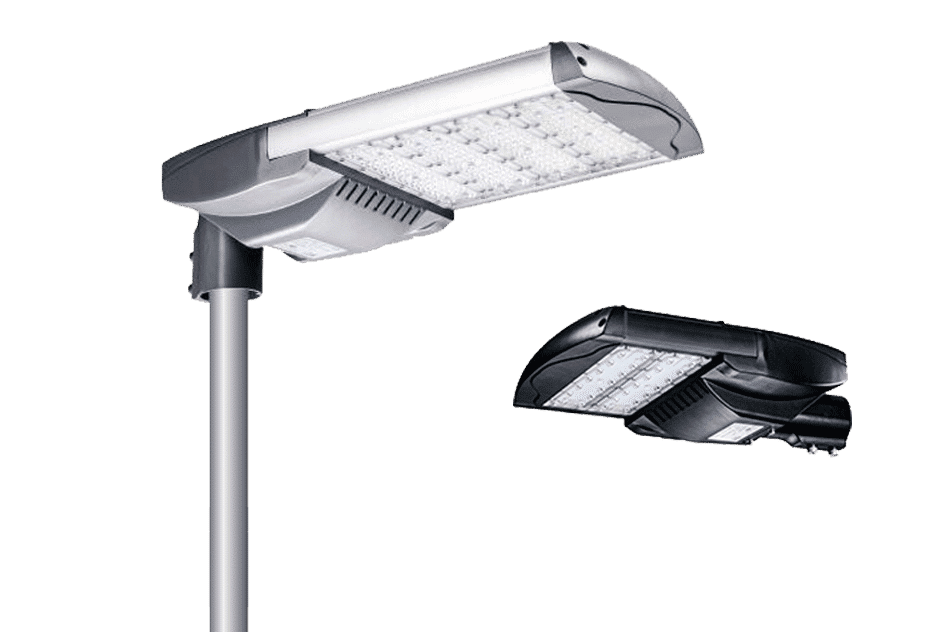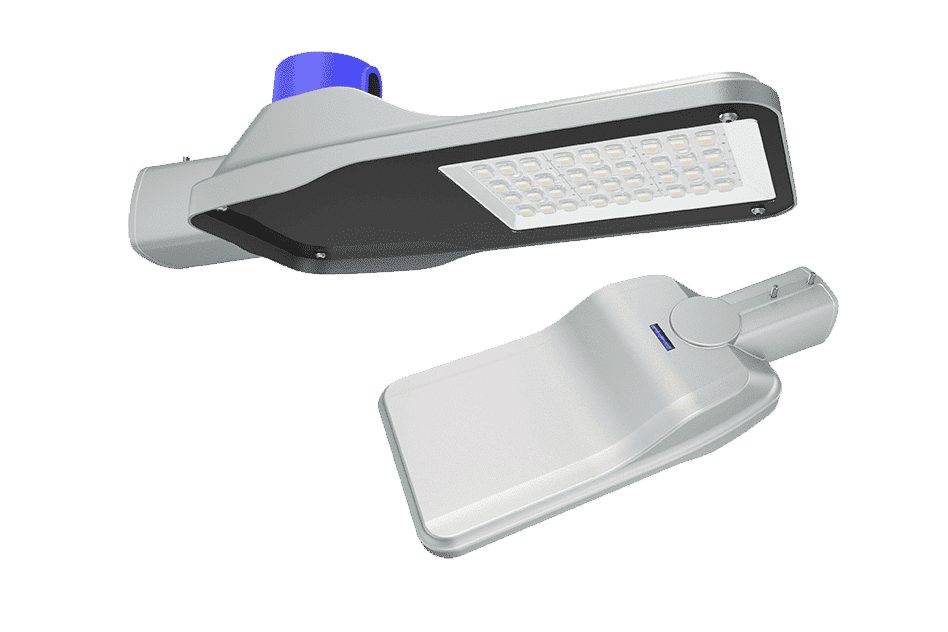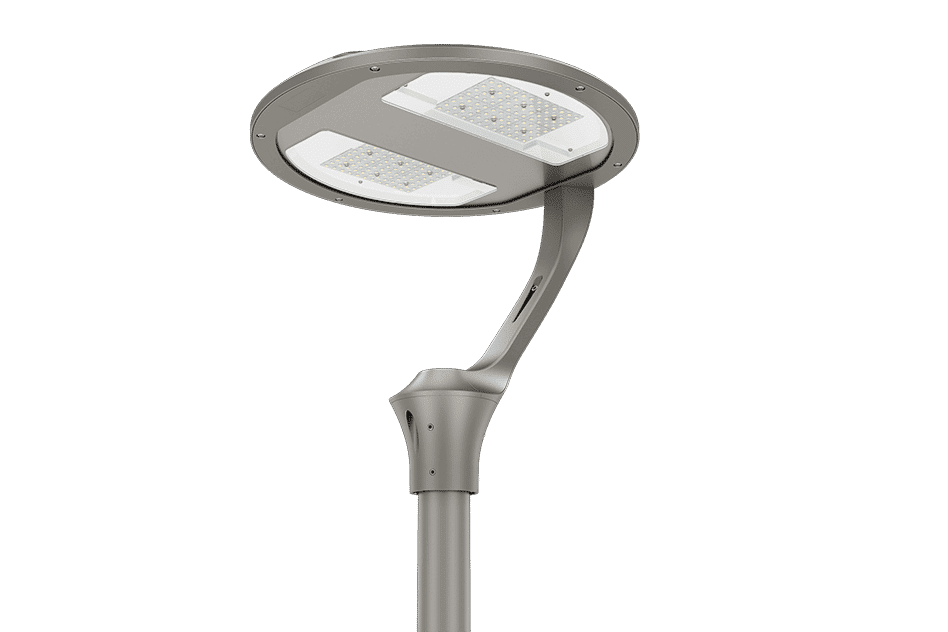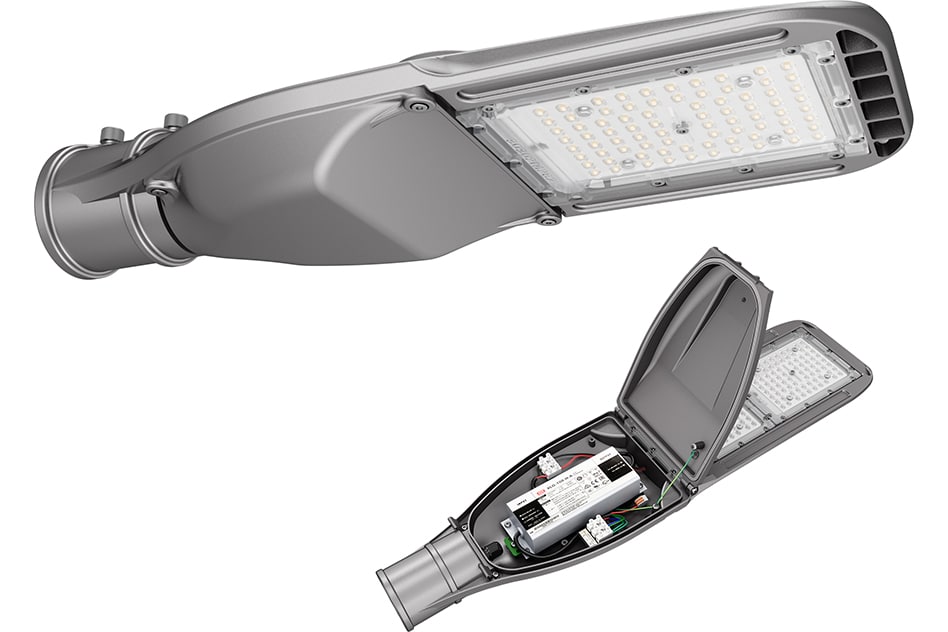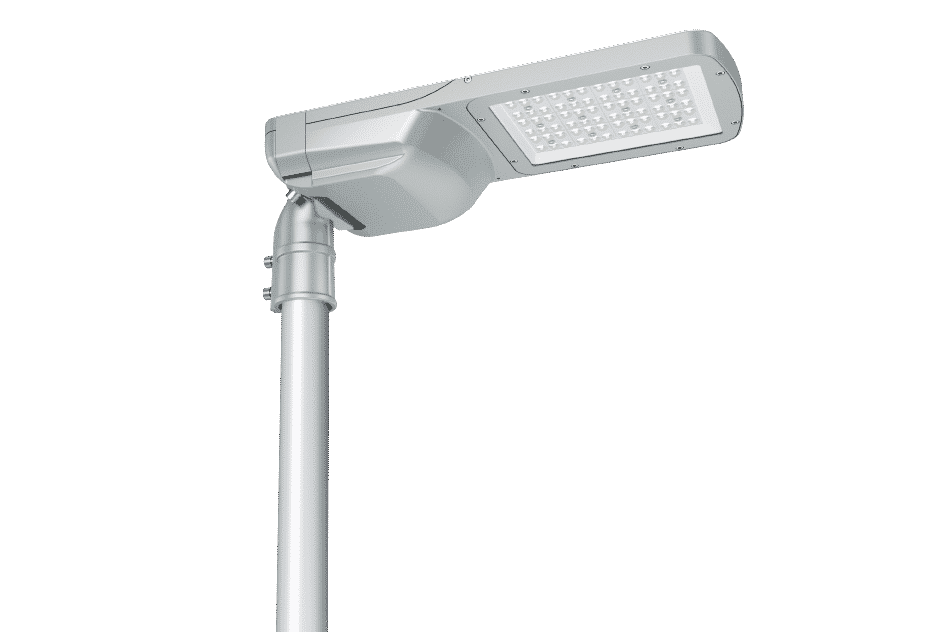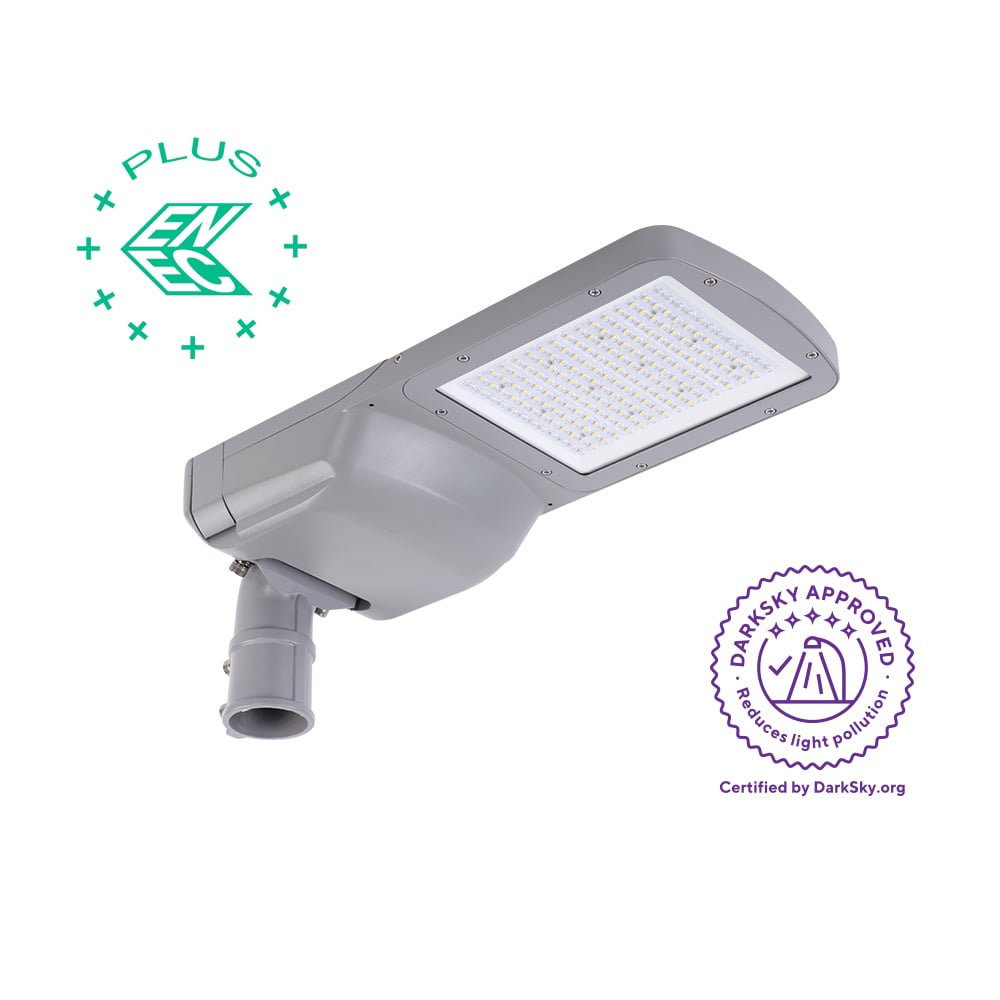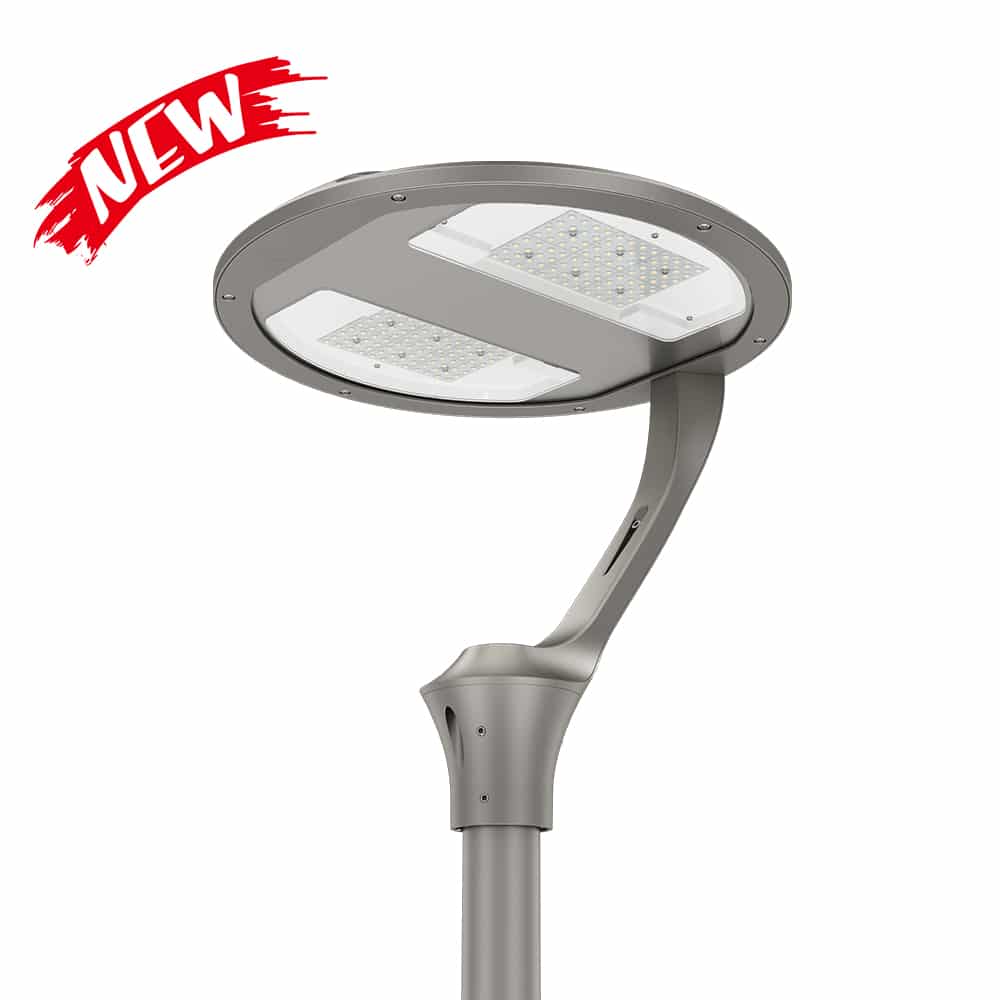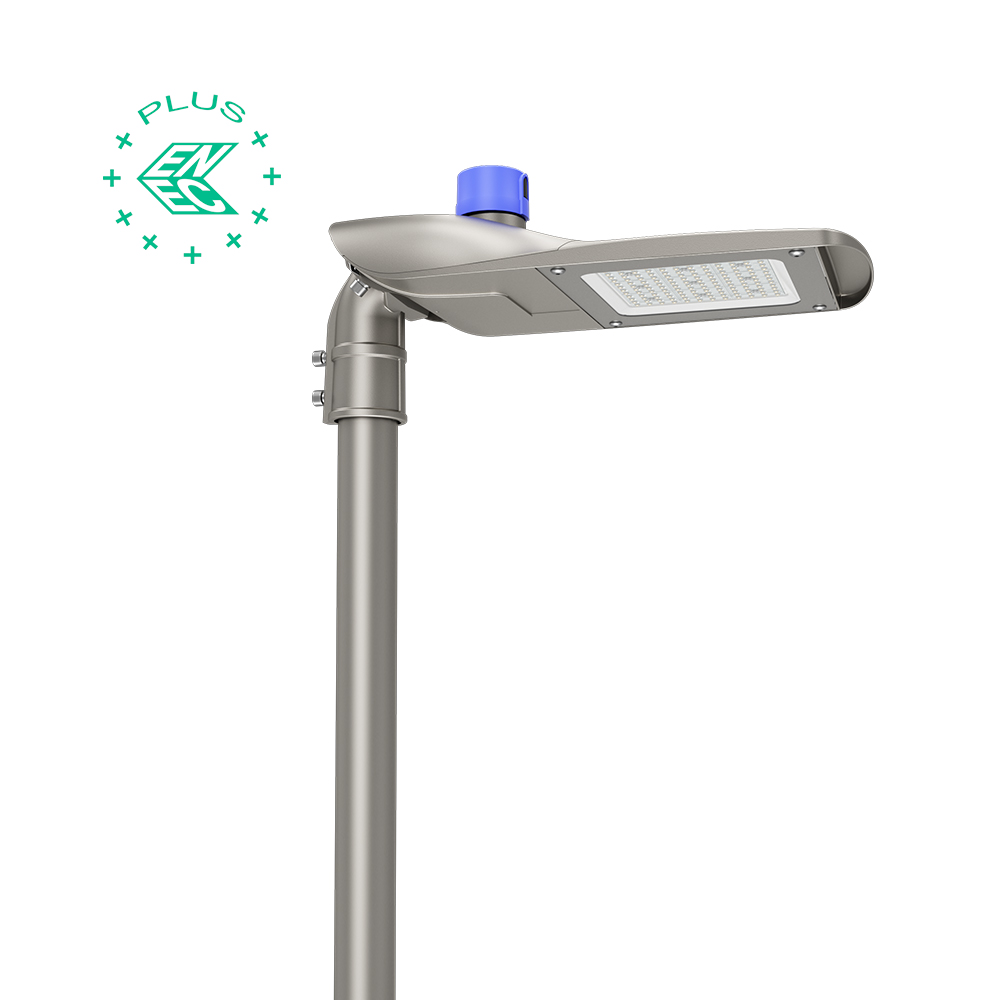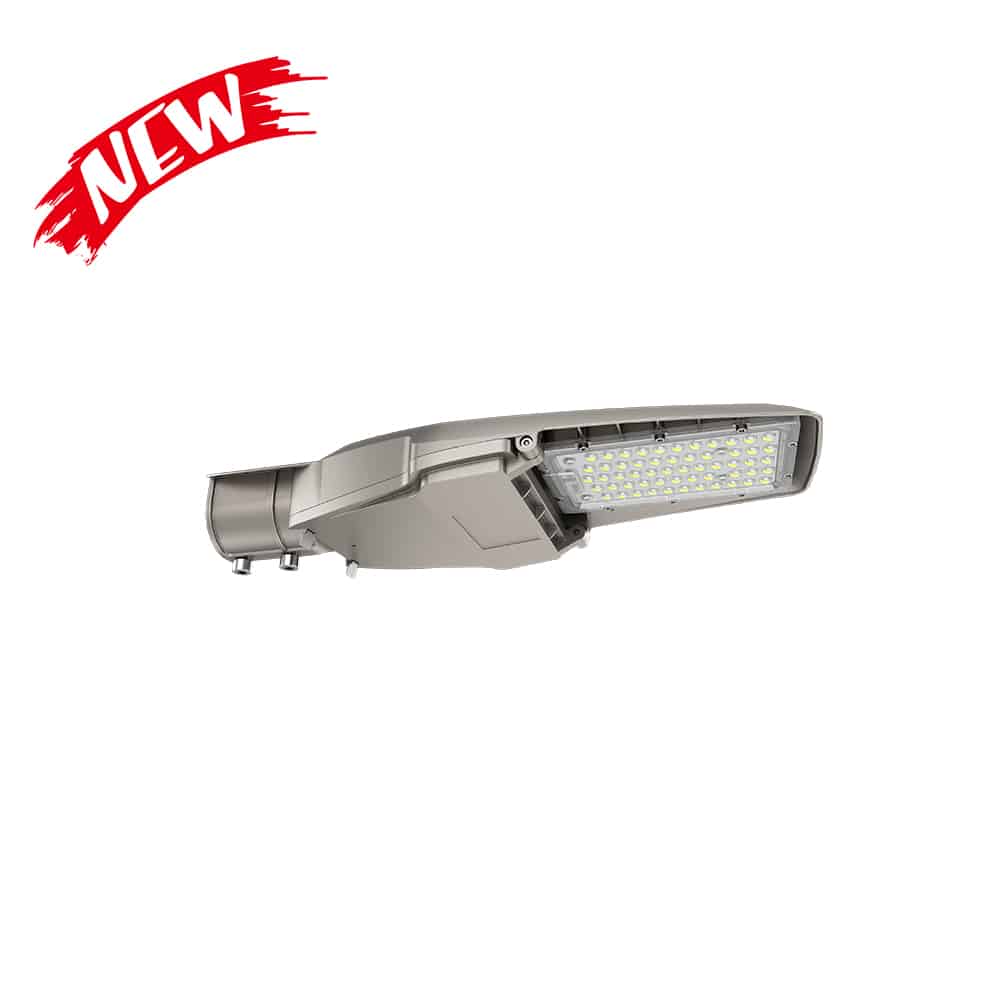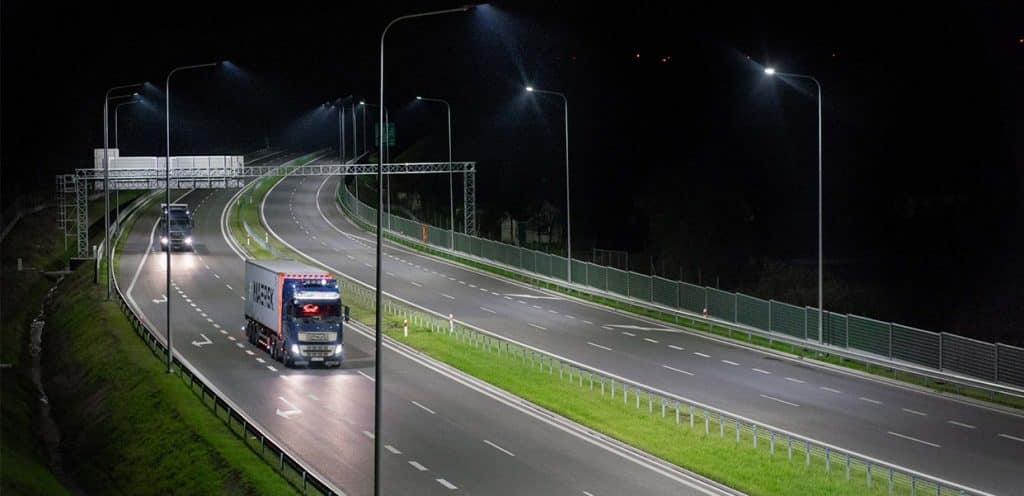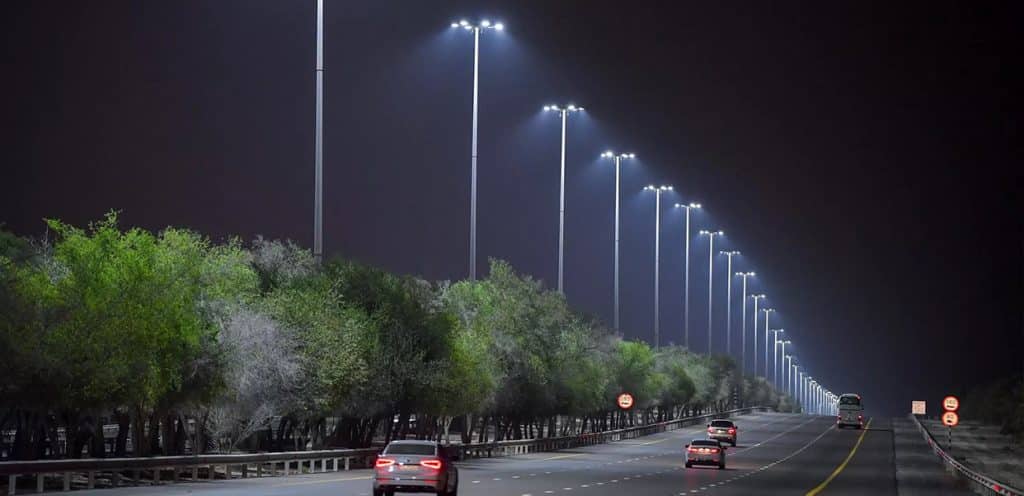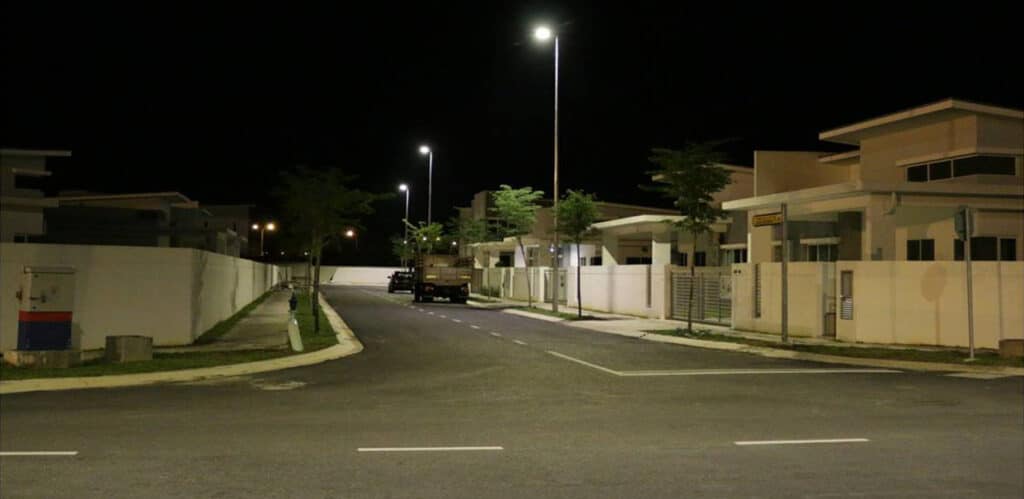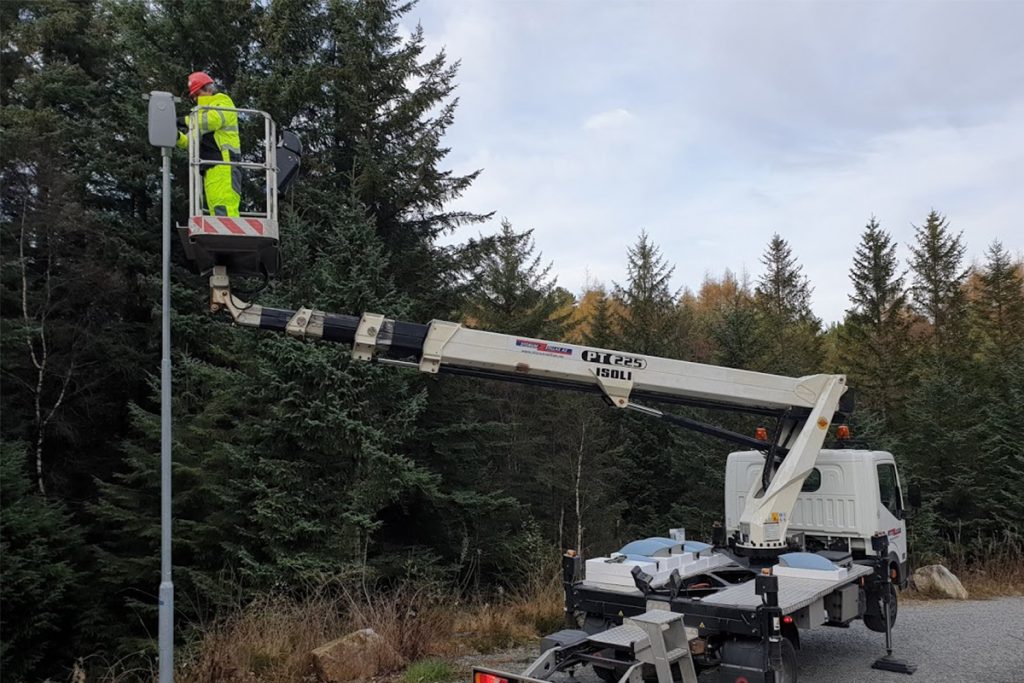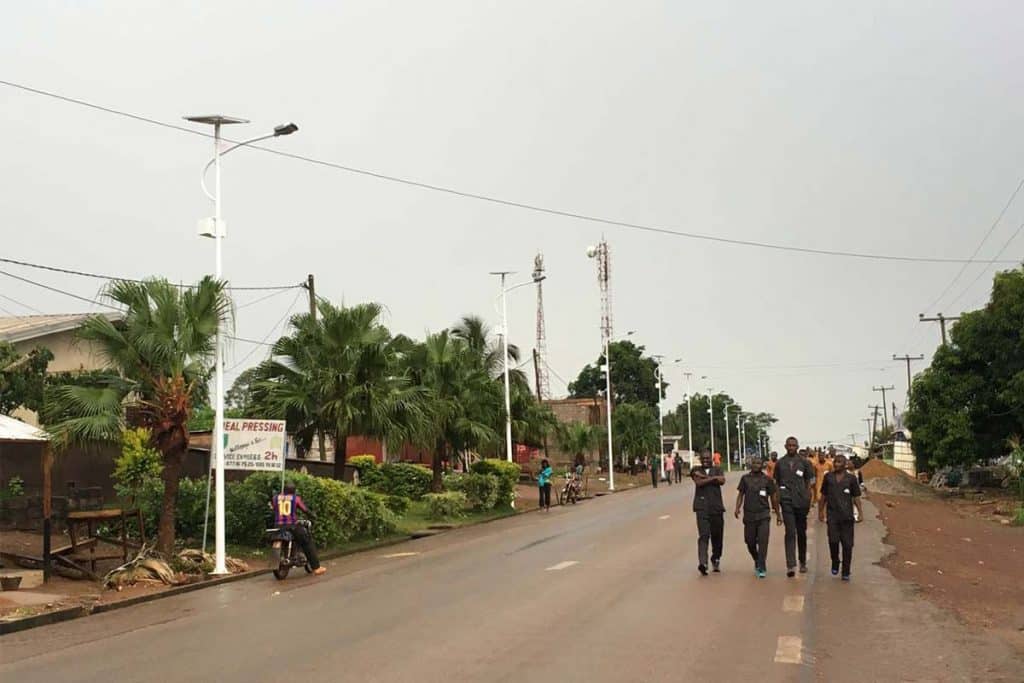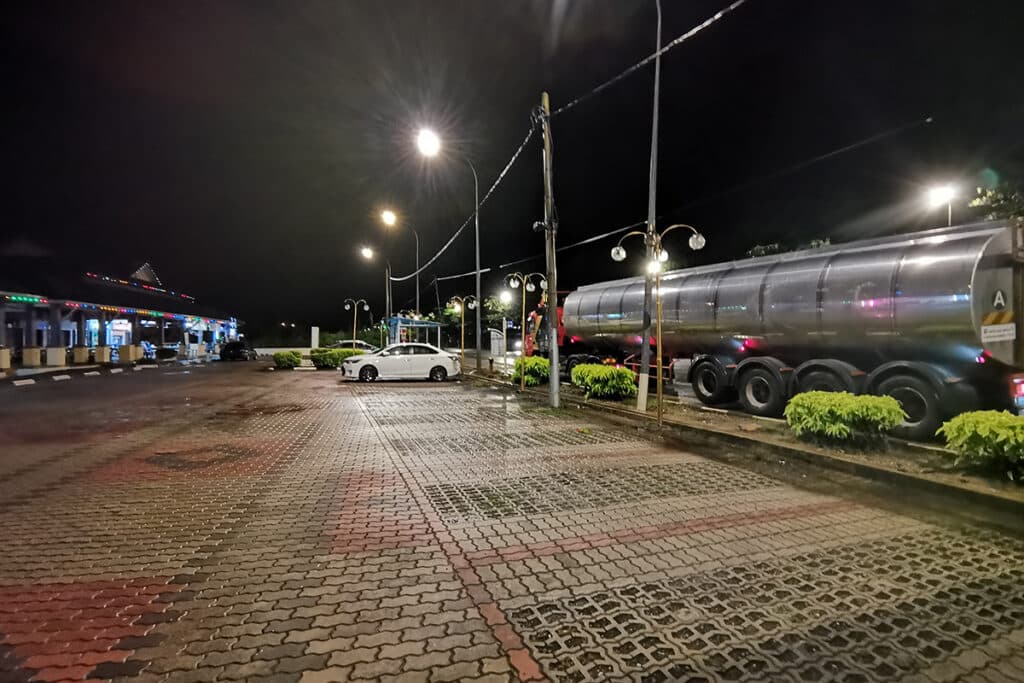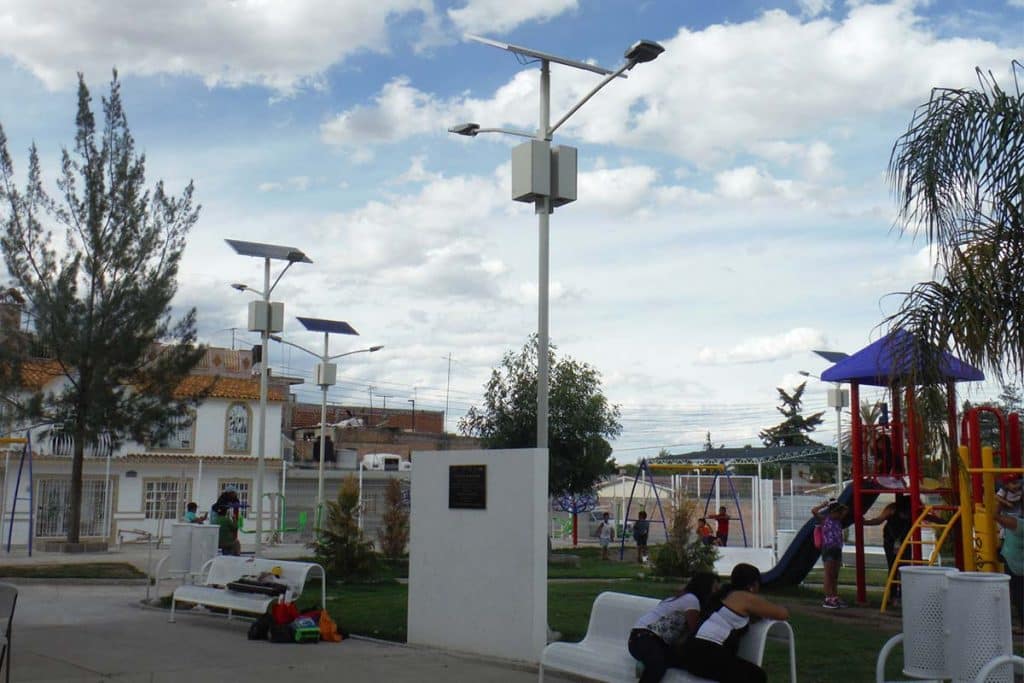Motion detector street lights with microwave, IR or radar sensor
Motion detector street lights with microwave, IR or radar sensor
Introduction
Motion detector street lights are a type of adaptive street lights. Motion sensor (motion detector) adjusts the output of the fixture according to pedestrians ( View street lights suitable for pedestrian pathways ) , moving non-motorized vehicles and cars. When it detects motion in the vicinity of the fixture, the motion sensor street lights will automatically light up to a preset brightness level. If there is no one around, the street lights remain dimmed, which saves energy, reduces light pollution ( What’s lighting pollution and how to reduce it? ), and minimizes carbon footprint. According to the type of motion detector, street lights ( View the case study of street light fixtures. ) can be categorized into microwave sensor based and radar sensor based, the former is relatively simple and the latter is relatively complex. This paper will mainly explain the principle of microwave sensor and radar sensor in street lighting, their benefits and ZGSM solutions etc. and which system is more practical to choose motion sensor (microwave sensor) or radar in real projects.
Benefits of motion detector street lights
When it comes to street lighting, the benefits of sensor technology are clear as it enables luminaires to increase luminaire output when necessary. Below are main benefits of motion detector street lights ( Learn about ZGSM’s street light lamp project cases ).
- Energy saving: motion sensor street lights make a significant contribution to energy saving by reducing power consumption by lowering the light intensity on roads with less traffic at night.
- Increased safety: With the aid of microwave sensors or radar sensors, street lights are automatically illuminated when pedestrians or vehicles pass by at night to ensure that the illumination/brightness meets the requirements of pedestrians and vehicles ( Find more about the lighting requirement of road lighting ), which helps to increase safety.
- Extending the life of the luminaire: Due to the presence of the sensor, the street light does not need to be on all the time or 100% lit all the time (so heat buildup on the luminaire is not as noticeable), which is helpful in extending the life of the luminaire ( Find more about what’s the lifetime of LED lamps ).
- Light pollution: Through microwave or radar sensing, street lights can reduce the light output ( Why we shall pay attention to light output degradation? ) of the luminaire when it is not necessary, it can to some extent reduce the impact of light on the environment at night, i.e. reduce light pollution.
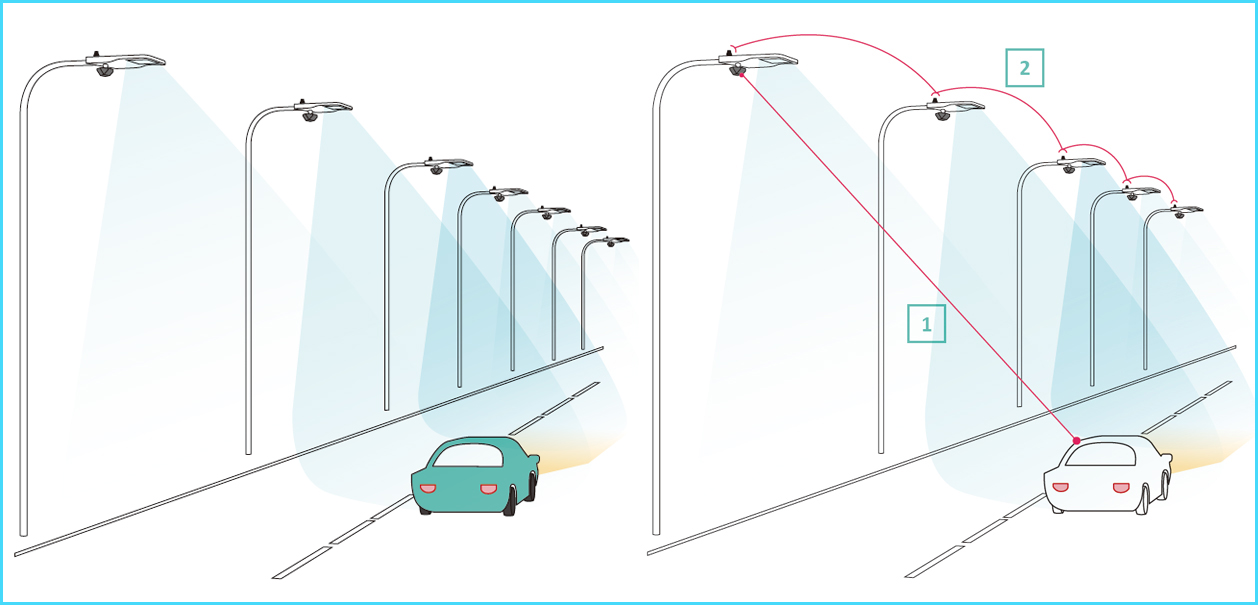
How do motion detector street lights work?
Street lights with microwave sensors
Microwave Sensor is based on the Doppler effect of microwaves to detect the movement of objects. In street light applications, microwave sensors work by transmitting high-frequency electromagnetic waves (e.g., 5.8 GHz) in the ISM band, and when an object (e.g., a pedestrian or a vehicle) enters the detection area of the microwave sensor, the moving object will reflect these microwaves. Because of the relative motion between the transmitting source (e.g., microwave sensor) and the receiving source (moving object), the received wave frequency will change (Doppler effect), so that the microwave can sense the presence of the moving object, it will be converted into an electrical signal (0-10VDC, what’s 0-10VDC in dimming) to the LED driver of the street light, and the LED driver will change its output so as to realize the switching of the street light and the brightness of the street light adjustment. Normally, the microwave sensors on each lamp work independently of each other, and its working principle can be understood through the following diagram. The working principle of infrared sensor is similar to that of microwave sensor, it senses infrared radiation. All objects emit infrared radiation (above absolute zero -273 ° C), the higher the temperature, the stronger the emitted infrared radiation. The human body or warm-blooded animals emit relatively strong infrared radiation due to their higher body temperature. Therefore when an object (pedestrian) is under the IR sensor, the street light can adjust the output/switching of the fixture according to this change. ( Please review case studies of streetlight lamps for housing community. )

Street lights with radar sensors
Radar sensor likewise senses moving objects through the Doppler effect. As the target object moves relative to the radar, the frequency of the reflected radio waves changes. If the target moves closer to the radar, the frequency of the reflected wave increases; if the target moves away from the radar, the frequency decreases. By detecting this change in frequency, the radar can sense cars coming in a particular direction. When the radar sensor is applied to street lights, it often needs to be used together with an intelligent street light system. The basic principle is as follows, the radar sensor senses moving objects (such as cars), it will convert the signal into other radio signals (such as LoRa) and send it to the gateway in the intelligent control system, followed by the gateway will send LoRa signals ( Smart street lighting system – Zigbee and LoRa ) to the single light controller which is near radar sensor, and ultimately, the single light controller will convert a LoRa signal into 0-10V / Dali signal to the LED driver for dimming/switching the lamps. The use of radar sensors is much more complex compared to microwave sensors because it involves a traditional intelligent control system, we briefly describe its implementation process.
- Install the lamp controller and motion sensor on the lamp, and install the gateway accordingly. ( Please review case studies of street light fitting. )
- Pre-programming of the motion sensor. Normally one motion sensor can group dozens of lamp controller which is near this motion sensor.
- For smart street lighting system, you can change the settings on the platform, and then the gateway sends a signal to the Zigbee or LoRa lamp controller, and the street light receives the signal from the lamp controller to perform actions (dimming, on/off, etc.).
- For smart motion sensor, once it detect the moving of cars and persons, it will send signals to the gateway. After process these information, the gateway will send signals to the lamp controllers(which combine with this motion sensor) to perform dimming actions.

Below is the video to show how street light with motion detector works.
ZGSM motion detector street lighting solution
ZGSM’s street lights (Check to see ZGSM street lighting fixtures ) can be equipped with both microwave sensor and radar sensor. Street lights with microwave sensor is a relatively simple solution, which is less costly and can only sense pedestrians and low speed vehicles. Street lights with radar sensor is a more complex solution, which can sense high speed vehicles because it needs to be used with an intelligent control system. Street lights with radar sensor is more complex, it can sense high speed vehicles, because it needs to be used together with intelligent control system, and its cost is very high, ZGSM thinks that which one to choose mainly depends on your project requirements and project budget. If it is a rural road, parking lot or other pedestrian street, street lights with microwave sensor is suitable. If your project requires detection of high speed vehicles and your budget is sufficient, we recommend street lights with radar sensor because they are more intelligent.
| Solution | Microwave sensor solution | Radar sensor solution |
| Sensitiveness ( speed of vechile ) | Low | High |
| Cost | Low | High |
| Ease of operation/maintenance | Low | High |
| Intelligence | Low | High |
Below are ZGSM different series street lights which can be with microwave sensor, IR sensor or radar sensor.
Summary
With the development of technology, motion detector street light ( adaptive street light ) is definitely a trend. The light output ratio of the street light or can be changed with the change of night time ( This is about timer dimming, please check Timer dimming in street lights ), or can be changed with the change of ambient illuminance, of course, can also be changed with the light output of the lamps and lanterns whether vehicles and pedestrians underneath the lamps and lanterns. This article mainly introduces the application of microwave sensors and radar sensors in street lights, they have many benefits such as energy saving and environmental protection. In addition, we also briefly introduced their application principles and characteristics and so on. If you walk on a road, the road on both sides of the distribution of street lamps with equipped with sensors, when you are close to them, they will be lit, is not very comfortable for you. In a more advanced scenario, these sensors can also alert neighboring smart streetlights to light up with them. We call this “neighbor triggering”. Of course, when you move away from them, the sensor-based streetlights dim to a preset level, which again makes you feel that they are so energy efficient. Do you want this solution? If so, don’t hesitate to contact us.
Related Products
Related Blogs
Related Cases
People also ask
Author introduction

Hello Customers,
My name is Taylor Gong, I’m the product manager of ZGSM Tech. I have been in the LED lights industry for more than 13 years. Good at lighting design, street light system configuration, and bidding technology support. Feel free to contact us. I’m happy to provide you with the best service and products.
Email: [email protected] | WhatsApp: +8615068758483

